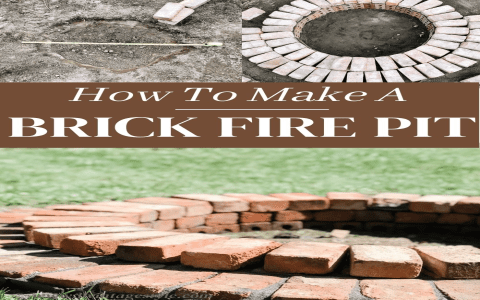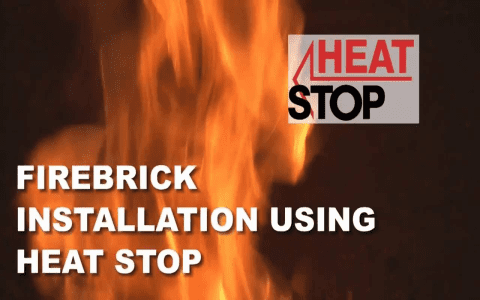What is an Alumina Blanket and Why is it So Useful?
Now, I gotta tell ya, alumina blankets are somethin’ else. If you ain’t heard of ’em, let me explain a little bit. An alumina blanket is made from alumina fibers, which is just a fancy way of sayin’ aluminum oxide. You know, that white powdery stuff you see in some of your everyday tools. It’s a special kind of material that’s used for all sorts of things, especially when the temperature gets real high. I ain’t talkin’ just hot, I mean real scorchin’ high, like in furnaces or places where they gotta handle extreme heat.


What Makes Alumina Blankets Special?
One of the things that makes alumina blankets so useful is their ability to handle high temperatures. These blankets are made from a kind of ceramic fiber that can take the heat without breakin’ down. We’re talkin’ temperatures up to 1600°C! That’s hotter than most things could ever dream of! And on top of that, alumina is a good conductor of heat, so it helps in situations where you need to spread that heat evenly across a surface. But don’t get it mixed up, just ’cause it’s good with heat, doesn’t mean it lets electricity through—oh no, it’s an electrical insulator. So, when you need somethin’ to protect against both heat and electricity, alumina blankets come in mighty handy.
Where Can You Use Alumina Blankets?
Well, you can use these blankets in places like industrial furnaces, kilns, and other high-temperature equipment. Let me tell you, they’re built for the heat. In fact, a lotta folks use ’em to insulate pipes and tanks that hold up to that extreme heat. The reason why they’re so popular in these settings is ‘cause they don’t just sit there; they work to keep the heat from goin’ everywhere. They keep it contained where it needs to be, and that’s a real plus in industries like metal smelting and glass manufacturing.
The Strength of Alumina Blankets
Don’t think that just ’cause these blankets are soft and fluffy they ain’t tough. Oh no, these alumina blankets are strong. They’re made from fibers that are high-purity and polycrystalline, which just means they’re tough as nails. Some folks use ’em to line the inside of big ol’ industrial machines, and trust me, they hold up real well. They got strength to handle not just heat, but pressure too. So, even in a tight spot, an alumina blanket will keep doin’ its job, no problem.
Types of Alumina Blankets
- Polycrystalline Alumina Fiber Blankets: These are the ones that are used in extreme heat situations. They’re built to handle up to 1600°C, and they last a long time without breakin’ down.
- Alumina-Silica Blankets: These are made from a mix of alumina and silica, and they’re good for situations where you need both heat resistance and insulation. They’re usually used for lower temperature ranges, but still, pretty dang useful.
- Needled Alumina Blankets: These blankets are made with long, strong fibers that are needled together to form a sturdy and flexible blanket. Great for moldable shapes!
Why People Prefer Alumina Blankets


People love these blankets because they last a long time, and they can handle a lot of wear and tear. Plus, alumina fibers are lightweight, so even though they’re tough, they’re easy to work with. You don’t need a whole team to move ‘em around. And like I mentioned before, they’re great at doin’ double duty—keepin’ heat in and electricity out. That’s why they’re used in so many different industries, from steel production to chemical manufacturing.
How to Install and Use Alumina Blankets
Now, when it comes to usin’ these blankets, you gotta know how to handle ‘em. They ain’t somethin’ you just throw around. Depending on where you’re usin’ it, you’ll need to cut ‘em to fit the shape you want, but that ain’t too hard. You can use a sharp pair of scissors or a utility knife. Just make sure you’re workin’ carefully ‘cause these fibers can get a little scratchy, and we don’t wanna make a mess of ourselves.
Once you got the blanket cut to the right size, you just lay it where it needs to go. Some folks use adhesive or support materials to keep ‘em in place, but for the most part, alumina blankets stay put on their own. And then, you’re good to go! Your equipment is gonna stay nice and insulated, and you won’t have to worry about heat escaping where it shouldn’t.
Conclusion
So, there you have it, folks. Alumina blankets are one of those unsung heroes in the world of insulation. They’re tough, they’re heat-resistant, and they’re real good at keepin’ everything in check when things get hot. Whether you’re workin’ with furnaces, kilns, or just need somethin’ to keep the heat contained, an alumina blanket is a mighty fine choice. And let’s not forget, these things are built to last, so you won’t have to worry about replacing ‘em any time soon.
Tags: [alumina blanket, alumina fiber, heat insulation, high-temperature insulation, alumina fiber blanket, ceramic fiber, industrial insulation, heat-resistant blanket, alumina fibers, thermal conductivity]



